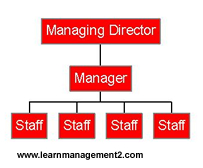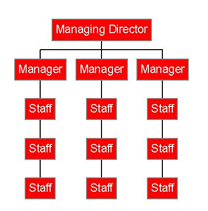For procurement to occur and organisation can conduct the following:
- A bidding in a system where suppliers compete against each other
- Buy directly from manufacturers. wholesalers or from retailer catalogue
- From private or public auctions
- Buy from an e-intermediary
- Internet buyer's catalogue
- Group purchasing system
- Collaborate with suppliers to share information about sales and inventory
Traditional procurement method v e-procurement methods
traditionally a large portion of a corporate buyer's day was spent on what we refer to as non-value added activities such as correcting mistakes on purchase orders. A lot of time would be spent on searching for suppliers, negotiating with suppliers and signing contracts.
There are numerous benefits associated with e-procurement. These are:
- If a company is using reverse auctions the purchase price may be lower
- May be able to avail of order discounts
- Able to access quickly supplier information
- On time delivery
- Companies do not necessarily have to have skilled professionals to buy goods from suppliers
- The company can easily reduce the number of suppliers they have contact with
- Human error can be minimised.
Reverse auctions
A reverse auction can take place on the buyer's own website-thus saving the buyer money. The buyer can request a quote from suppliers.
B2B and Web 2.0 Technology
To date B2B organisations are slow to use Web 2.0 technology. At present Linkedin seems to be the one social networking site that companies tend to use. Web 2.0 technologies provide a number of opportunties to companies and some of these include the potential to attract new clients, employees and to network with potential suppliers, distributors and retailers. Companies can also use social networking sites such as Facebook to encourage their fans to visit their website.
At this stage we are very much aware of the differences between B2C and B2B and these include, organisational behaviour and marketing activities
Next week we will focus on B2C


